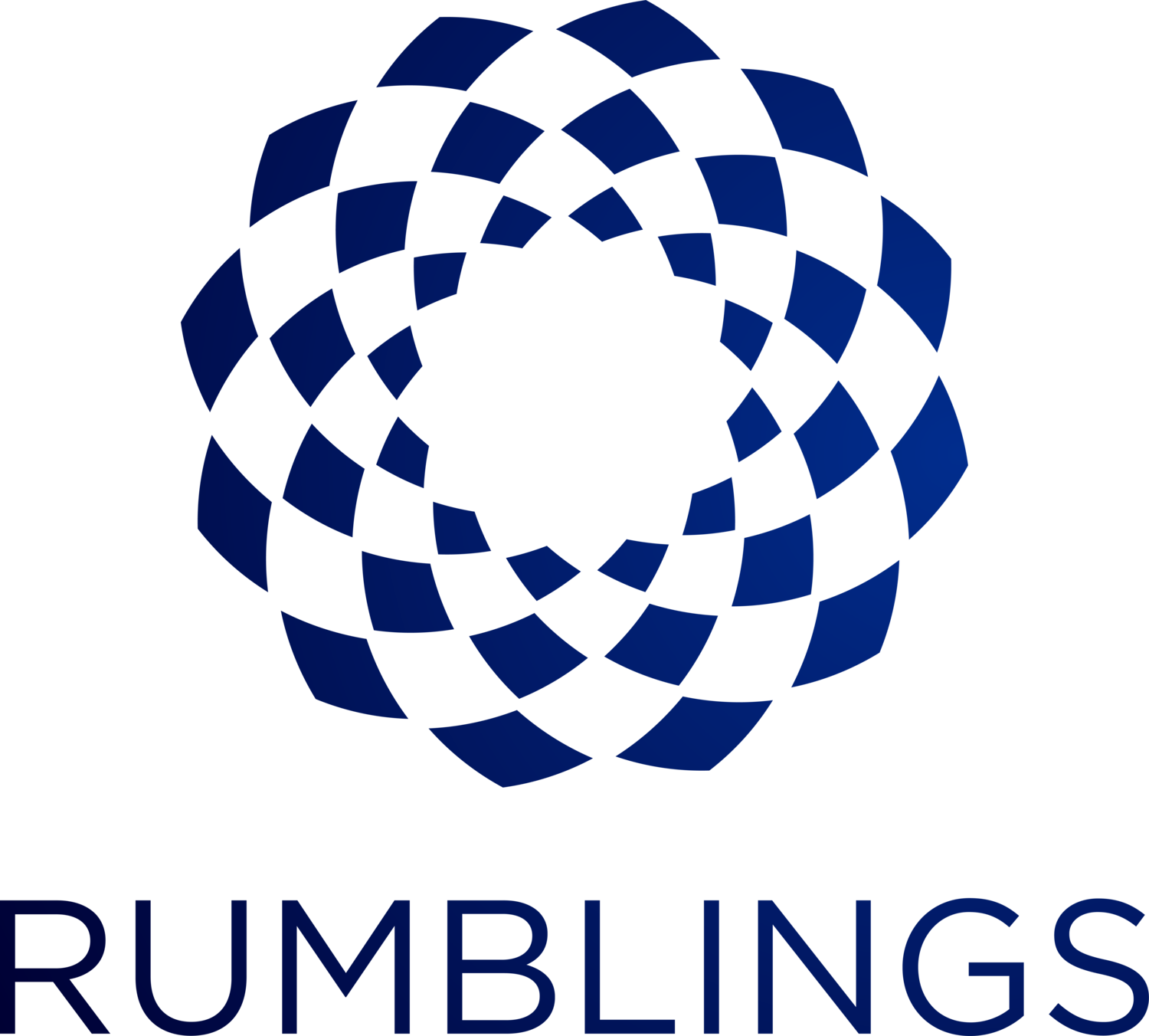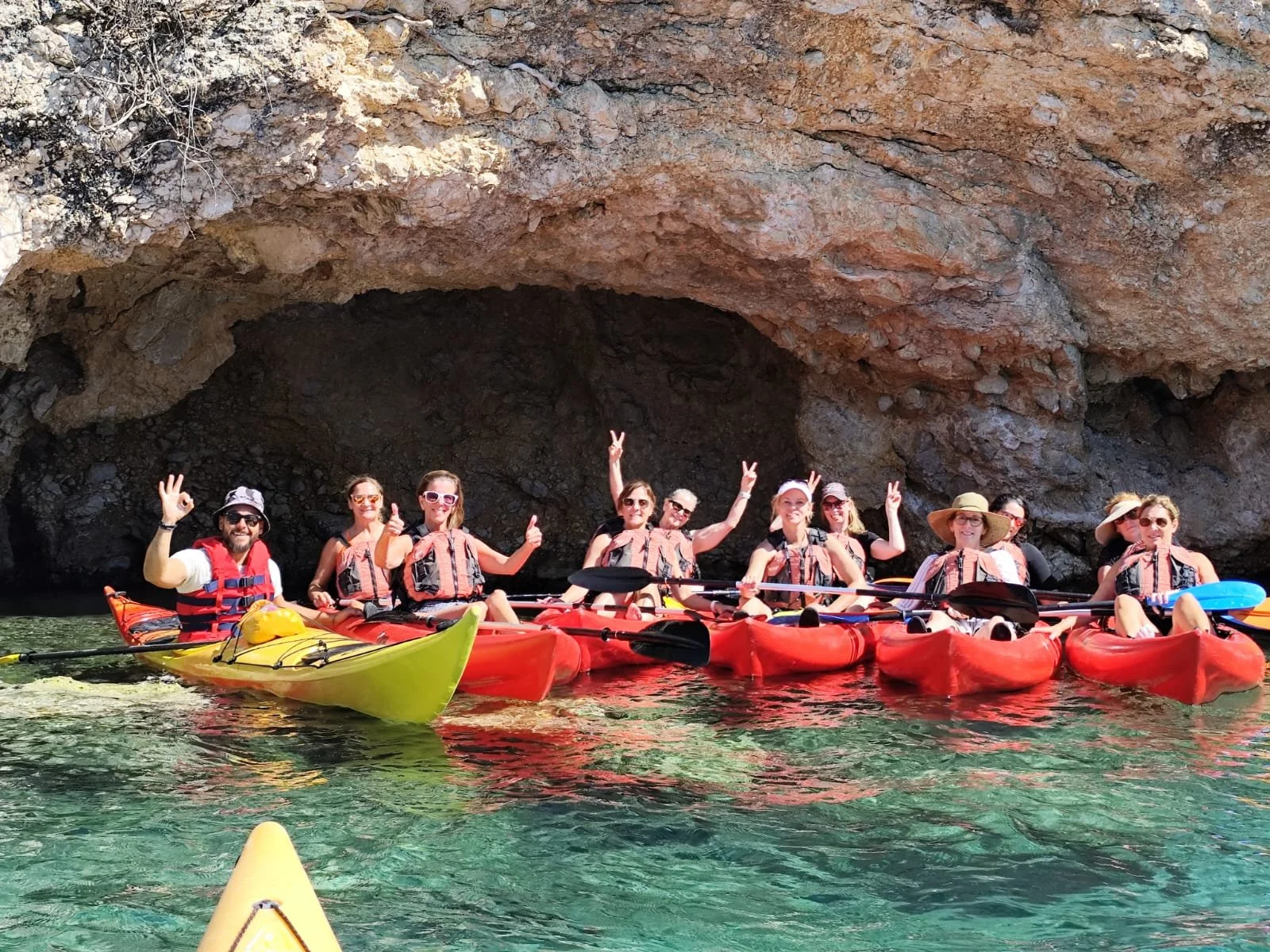Brave Anyway: Lessons in Living Boldly, Not Perfectly
Because courage doesn’t always roar — sometimes it’s a quiet decision to choose yourself again and again. We often think bravery looks like grand gestures — quitting a job, climbing a mountain, or starting over. But real courage usually shows up in smaller, quieter ways: choosing to try, to walk away, to begin again. In midlife, bravery isn’t about being fearless — it’s about being true.
Transformational Travel for Women: The Journey Shapes Us
Travel in midlife isn’t about escape — it’s about awakening.
When women travel together with curiosity and presence, something opens.
We remember who we’re becoming.
We return changed — quietly, meaningfully, beautifully.
Fueling Vitality in Midlife: Why Food and Movement Matter More Than Dieting
Midlife isn’t the time to diet harder—it’s the time to renew. Learn how mindful eating and joyful movement can fuel your vitality, strength, and energy while freeing you from diet culture. Discover practical steps to feel more energized, confident, and connected in your body.
Beyond the Checklist: Designing Trips with Intention in Midlife
Discover how intentional travel transforms midlife journeys into meaningful experiences—cultivating connection, presence, and purpose on the road. It's more than sightseeing—it’s about slowing down, immersing yourself in culture, and creating meaningful connections.
Flourishing in Midlife: The Four Rocks Framework
Midlife is not the end — it’s the beginning of a new chapter filled with possibility, purpose, and joy. The Four Rocks Framework for Flourishing in Midlife — a research-backed approach designed to help women reset their mindset, live authentically, build meaningful connections, and inspire change. Grounded in science on positive aging, mindful living, and community well-being, the Four Rocks offer simple, powerful guideposts for thriving. Whether you’re seeking to strengthen your health, deepen your relationships, or embrace purposeful living, the Four Rocks provide a proven foundation for flourishing at every stage of life.
Let’s Get Out There: Join Us for Local Summer Adventures
Join us for the 2025 Local Summer Series—a curated lineup of walks, farm visits, festivals, and outdoor adventures across Minnesota. Most events are free or low-cost. Come connect, move, and make the most of summer with us!
Movement Isn’t About Changing You. It’s about finding You.
Rethink what movement means in midlife. It’s not about fixing or shrinking your body - it’s about reconnecting with yourself. Move to feel grounded, strong, and alive. Discover joy, identity, and confidence through mindful movement.
What If It’s Not About Balance… But Rhythm?
Replace the pressure of balance with the power of rhythm—an approach that honors energy, well-being, and real-life cycles in midlife. Rhythm doesn’t demand perfection—it invites presence. For midlife women, the constant pursuit of balance can feel exhausting and unrealistic. Instead of trying to juggle everything equally every day, embracing rhythm means flowing with the natural ups and downs of life. It’s about recognizing when to push forward and when to pause, when to connect and when to retreat. Replacing balance with rhythm creates space for more joy, intention, and sustainability in your wellness journey. By honoring your energy, prioritizing what matters most, and letting go of rigid expectations, you make room for a life that feels aligned—not just managed.
The Power of Presence: How Midlife Women Can Cultivate Connection and Purpose
Discover how midlife women can boost well-being and longevity by cultivating meaningful connections. Explore research-backed ways to be present, build community, and live with deeper purpose every day.
Embracing the New: A Midlife Woman's Secret to Thriving
Discover how trying new experiences can enhance brain health, emotional well-being, and longevity in midlife and beyond. In this inspiring post, we explore the science-backed benefits of stepping outside your comfort zone, from boosting neuroplasticity and memory retention to increasing happiness and extending lifespan. Learn how midlife women can embrace change, overcome fear, and find joy through adventure, travel, and simple everyday challenges. Plus, get 25 practical ideas to add more novelty to your life. Join the movement to Rumble to Renew—share your story at contact@rumblingsmedia.com or on social media with #RumbleToRenew!
Reclaim Your Inner Compass: How to Trust Yourself Again in Midlife
Are you feeling disconnected or unsure of yourself in midlife? Many women struggle with self-doubt after years of prioritizing external expectations over their inner wisdom. In this empowering blog post, discover how to reconnect with your intuition, trust yourself again, and break free from the noise of outside influences. Learn practical strategies to quiet distractions, listen to your body’s messages, and make decisions that align with your true desires. It’s time to reclaim your confidence, clarity, and joy in midlife!
Recommended Books on Intuitive and Mindful Eating to Transform Your Relationship with Food
If food feels like a constant battle, it's time for a mindset shift! These 13 must-read books on Intuitive Eating & Mindful Eating will help you ditch diet culture, break free from food rules, and rediscover the joy of eating—without guilt or restriction.
Mindful Eating: A Beginner’s Guide for Midlife Women Ready to Break Free from Dieting
Struggling with years of dieting and mindless eating habits? It’s time to break free from food guilt and build a healthier, more intentional relationship with food. In this beginner’s guide to mindful eating for midlife women, you’ll discover simple, practical steps to help you slow down, tune into your hunger and fullness cues, and break unconscious eating patterns—like snacking while watching TV or eating out of habit instead of hunger. Plus, grab your free Mindful Eating Worksheet to track your progress and start making more mindful food choices today. Read now and take the first step toward food freedom and lasting well-being!
Travel as Connection: Why Midlife Women Should be Travelers, Not Tourists
Midlife travel isn’t just about seeing new places—it’s about experiencing them in a way that fosters connection, growth, and transformation. Unlike rushed sightseeing trips of the past, traveling in midlife offers a chance to slow down, engage with local cultures, and form meaningful relationships. Whether you're looking to rediscover yourself, make new friends, or explore the world with more intention, embracing the mindset of a traveler—not just a tourist—can make all the difference. Learn how midlife travel can enrich your journey and discover upcoming opportunities to connect with like-minded women on our Greece retreat and community ed class on transformative travel.
The Power of Community and Service in Midlife: A Fresh Start
Discover how midlife women can find renewed purpose through community, service, and leadership. Explore practical strategies and inspiring resources to redefine this life chapter with connection and meaning.
Why Midlife Women Struggle to Change Habits and How to Succeed
Discover why behavior change is challenging for midlife women and how to succeed. Learn how identity shifts, small steps, and consistency can help you create lasting habits for health and well-being without focusing solely on the scale.
Midlife Women: The Caretakers, the Givers, and the Keepers of the Universe
Discover the power of midlife as a time for growth, renewal, and purpose. Explore how women, as caretakers and creators, can shape a new vision for themselves and the world with resilience and wisdom. Embrace your unique journey, redefine your goals, and find joy in each step.
Rediscovering Your Essence in Midlife: A Journey to Self-Discovery
Unlock the power of self-discovery and purpose with our latest blog post designed for midlife women ready to reconnect with their true essence. As the year comes to a close, there's no better time to start this journey of reflection, growth, and renewal. Discover actionable steps to embrace your deepest desires, energize your aspirations, and prepare to enter the new year more grounded and fulfilled. Dive in now to find inspiration and support as you embark on this transformative path.
Healthy Plates for Midlife Women: Protein-Powered Eating
Are you looking to maintain strength, energy, and vitality as you age? Discover why protein is crucial for supporting muscle health, managing weight, and boosting overall well-being in your 40s, 50s, and beyond. In this insightful blog post, we break down how much protein you need, the best sources to include in your diet, and simple strategies to help you meet your goals. Learn how prioritizing protein can help you stay strong, energized, and vibrant as you age.
Transformative Travel for Midlife Women: Confidence, Connection, and Mindfulness in Africa
Discover how travel during midlife empowers women through transformation, connection, and mindfulness. Follow our journey through Africa, where self-discovery and awe-inspiring experiences shaped new perspectives and a renewed sense of purpose. Perfect for those seeking adventure and personal growth.
Don’t miss a blog post - sign up for the Rumblings emails to receive posts delivered straight to you email inbox!




















